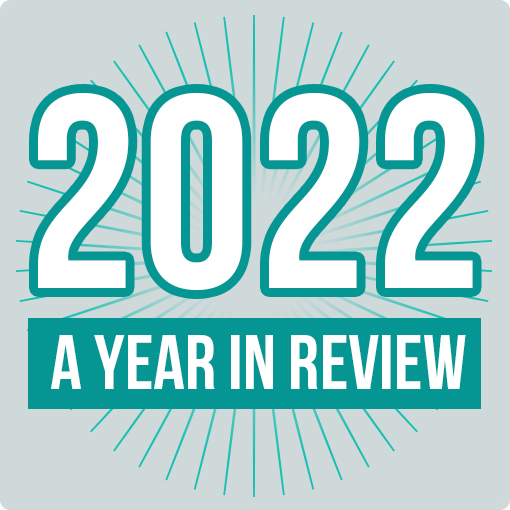Most businesses market online to grab attention solely to influence the first website visit of those at the start of their buying decision. With changes brought about by Google and Facebook we will soon be able to not only match our advertising to the different buying stages prospects have, but to also present these messages on our own site and on other sites that the prospects visit.
This is a subtle but powerful change that I predict will create a substantial boost to the effectiveness of the online channel.
But first up, let’s recap the way most online marketers spend their money now. For the vast majority it’s all about raising awareness for those at the first stage of the customer journey as they start their search for what you offer.
Google is the destination here, so the focus is on being found and then being clicked. Rankings, ad clicks, visits and visitors – these are all where it’s at. The greater the better across any or all of these metrics.
It’s all about eyeballs to start with followed by conversions. All going well, between 2% and let’s say 10% of those who visit a site as a result of this awareness strategy will convert and enter the sales funnel of whatever shape and size suits what is being sold.
This assumes that the remaining 90% + do what… Nothing? Stop looking? Decide that they don’t want what they were searching for anymore? Well of course none of these are correct. Just because they didn’t become your lead or buy from you doesn’t mean they are not going to do the same for one for your competitors.
A small amount will return. Perhaps your paid advertising ads will be used to re-cycle them back to your website. And all going well – some will buy this time. We frequently see this behaviour in the Conversion Attribution reports of our clients within Google Analytics. Returning visitors arriving back through AdWords clicks even though they have been to the site before.
“Why didn’t they bookmark the website” clients yell at the screen as they see their Google Ad spend inflate for no net new visitor growth. (When was the last time you bookmarked a website?)
Nevertheless there’s still a sizable amount of first time visitors who head off to review their options on the broader internet space. Never to return. This is part of the new opportunity, marketing to the 90% plus who came and didn’t purchase, and for whom you can present some enticing messages to out on the Internet to entice them back.
You have a few metrics to work with to craft your messages – the amount of times they visited, the places they visited and the time they spent looking. This all provides enough information to build a campaign that presents different messages to those with differing interest levels for different products at different stages of the buying process.
Here’s an example of how this could come together. Let’s say you are an accommodation provider in the Sydney area that offers a range of both short term and long term accommodation options for rooms of an executive style level.
The existing way of online marketing could include the following tactics:
- Search Engine Optimisation for a list of target keywords.
- Paid Advertising to grab more traffic where the SEO work falls flat or warrants maximum exposure.
- Web Page Conversion testing to improve the effectiveness of the booking engine.
- Website Analytics work to ensure you can measure the effectiveness of each tactic.
Now the editions to this list would include:
Segmenting your website visitors into three focus segments based on their behaviour – corporate customers, retail prospects who haven’t purchased before and corporate customers who are looking for a long term accommodation option.
For each segment to then produce a marketing campaign to be run on both the core website as well as other high traffic websites these people will visit. These campaigns are to change based on the length of time people have been in each segment. For example, we present different messages to those retail prospects in the first month (when they are most likely to buy) compared to the third (where their propensity to purchase is lower).
Include the necessary analytics to track the effectiveness of these strategies by segment.
Sound a bit too farfetched?
Google launched their re-marketing module back in September 2012 . This feature provides part of the solution. This article from the May edition of Vanity Fair edition explains how Facebook is working with advertisers to help them market in a very similar way.
Part of the technology puzzle is already there from these two marketing giants. We feel there’s enough to become dangerous in most markets. Sound interesting? Give us a call today to learn more.


